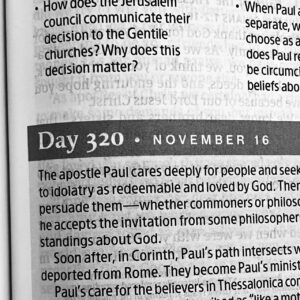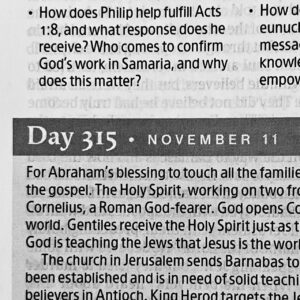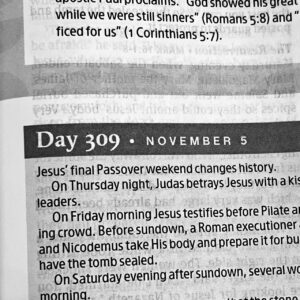Devotionals
Common Ground
The Apostle Paul’s encounter with the thinkers at Mars Hill is one of the New Testament’s most striking examples of how to engage a diverse audience with the Gospel. As Paul stood before the Areopagus, he didn’t begin with condemnation or alienating truths. Instead, he sought common ground. Pointing out their altar inscribed “To an... Read More →
Rites, Rituals, or Relationship?
The vision given to Peter in Acts 10 was a pivotal moment that fundamentally changed the understanding of righteousness within the early Christian community. Peter’s vision didn’t just signal a shift in dietary laws or the inclusion of Gentiles; it marked a transformative shift in what it means to be right with God. No longer... Read More →
Heralds of Redemption: How Women Reversed Eve’s Fall
The resurrection story holds an often-overlooked moment of redemption that goes all the way back to Eden. On that early morning, while the men hid in fear, a small group of women went to the tomb of Jesus, carrying spices and love for their crucified Teacher. What they found was earth-shattering: the stone was rolled... Read More →


